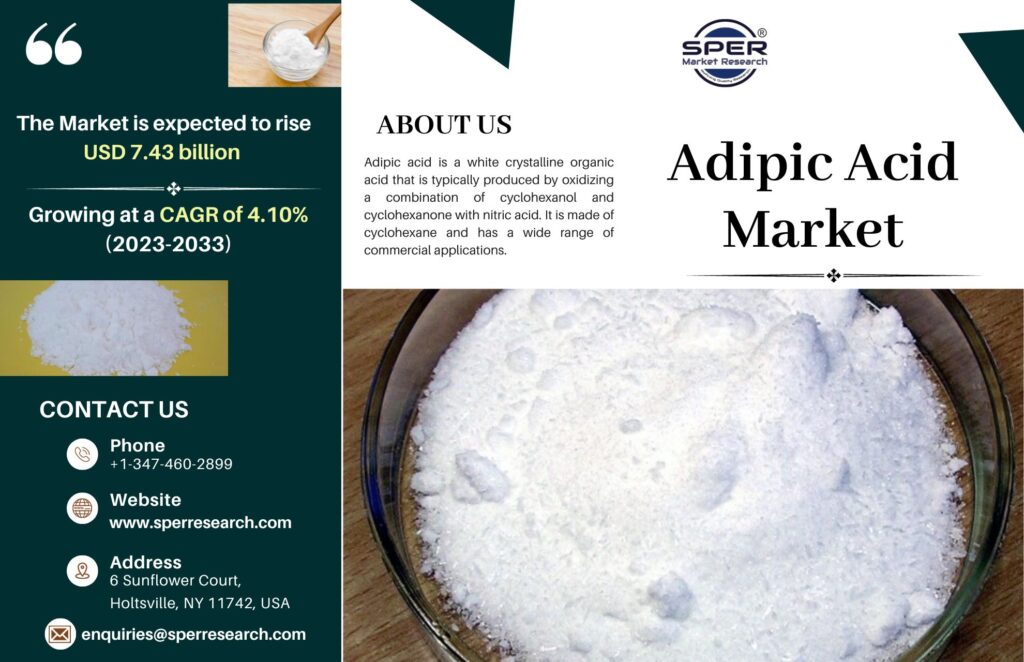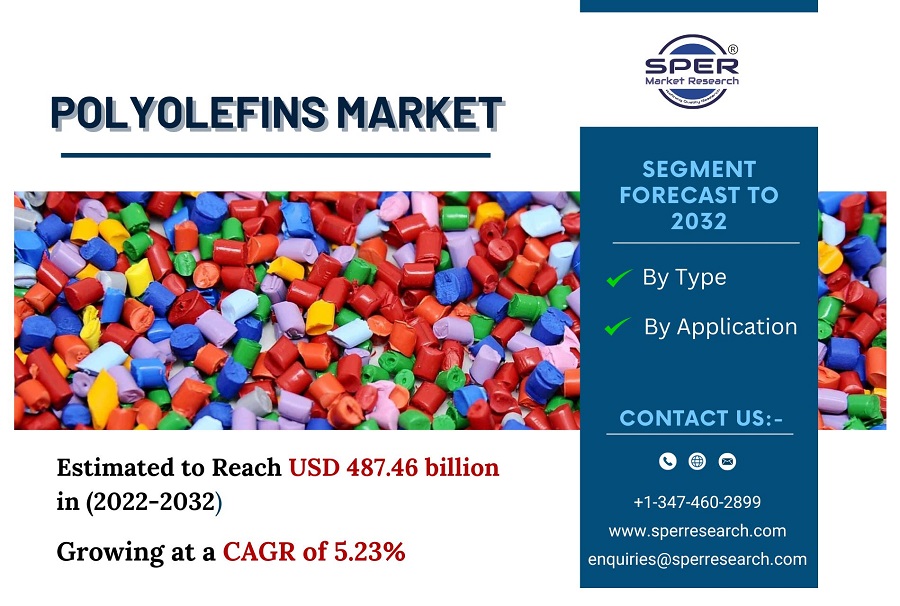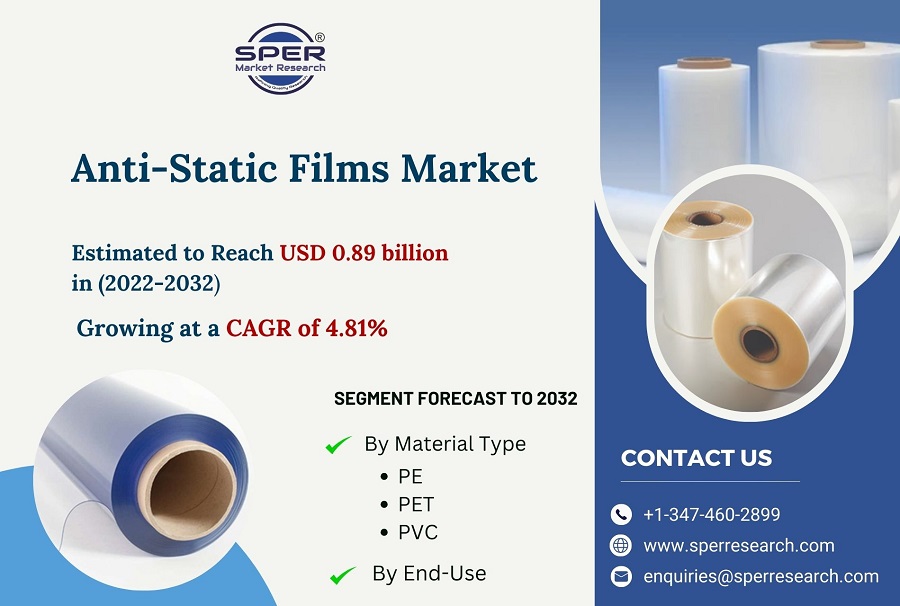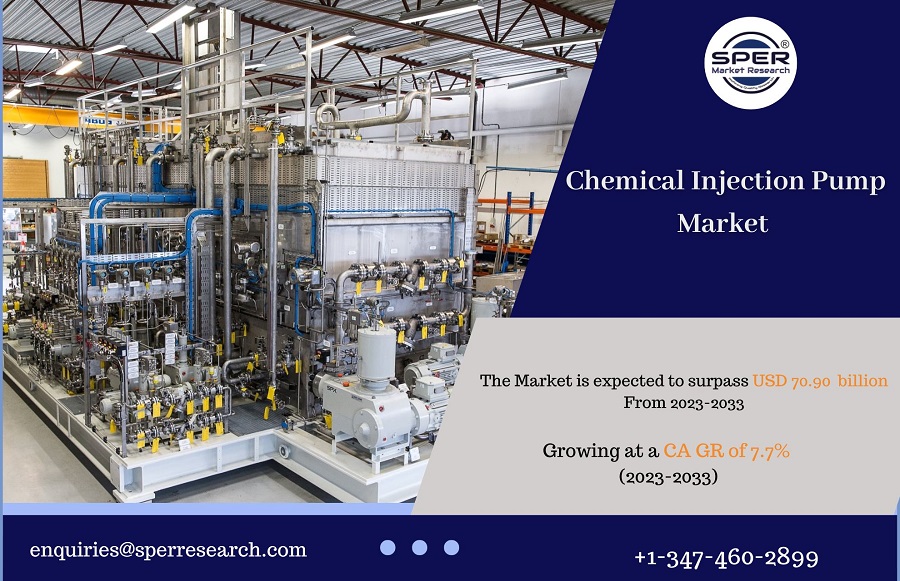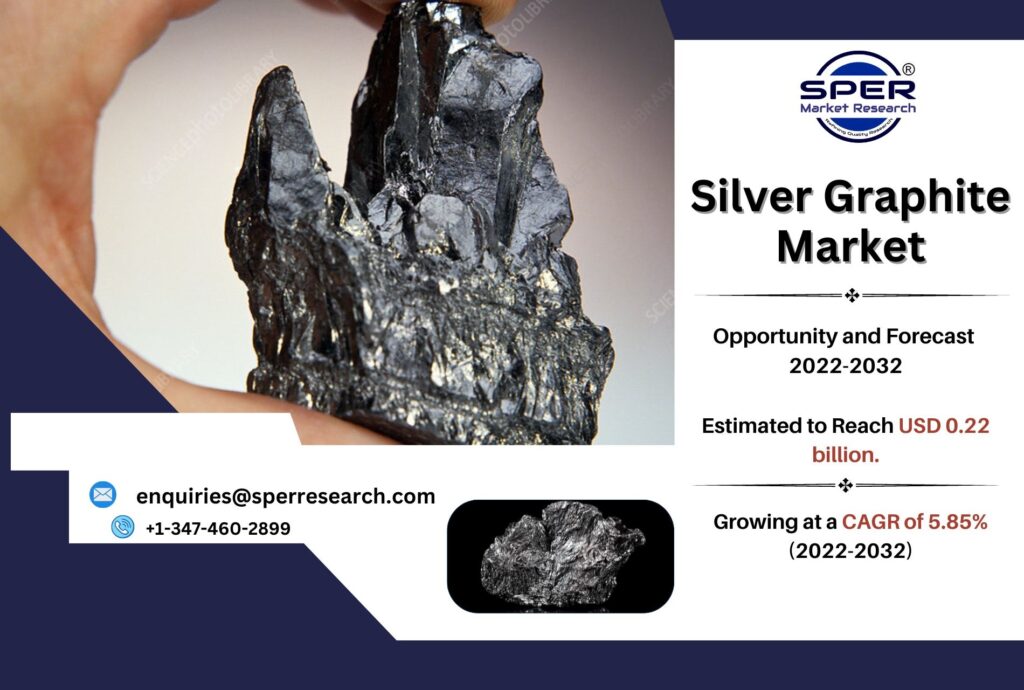Adipic acid is a white crystalline organic acid that is typically produced by oxidizing a combination of cyclohexanol and cyclohexanone with nitric acid. It is made of cyclohexane and has a wide range of commercial applications. One of its primary use is as a raw material in the manufacturing of Nylon 6,6, a critical polyamide in industrial settings. It has traditionally been produced using petroleum-derived chemicals such as benzene, phenol, and cyclohexane.
According to SPER market research, ‘Adipic Acid Market Size- By Raw Material, By End Product, By Application, By End User Industry- Regional Outlook, Competitive Strategies and Segment Forecast to 2033’ state that the Global Adipic Acid Market is predicted to surge USD 7.43 billion by 2033 with a CAGR of 4.10%.
Drivers:
Growing Demand: One of the product categories for which adipic acid is primarily utilized is nylon 6,6, which is driving the growth of the adipic acid market. The expanding automotive, textile, and electrical industries are feeding this demand.
Change to bio-based adipic acid: As environmental concerns and the need for sustainable manufacturing increase, opportunities for bio-based adipic acid have appeared. A significant window of opportunity for industry growth is provided by the development of bio-based replacements using renewable feedstocks.
Request For Free Sample Report @ https://www.sperresearch.com/report-store/Global-Adipic-Acid-Market-Analysis.aspx?sample=1
Challenges:
Raw material price volatility is a concern for market participants because it affects the cost of raw materials like benzene and cyclohexane, which are required to make adipic acid. These price fluctuations have an effect on all manufacturing expenses and earnings.
Environmental concerns: Making adipic acid requires a lot of energy and emits greenhouse gases. Environmental regulations and increasing demand to reduce carbon footprints have made it difficult for the sector to innovate new ecologically friendly production methods.
Impact of COVID-19 on Global Adipic Acid Market
The COVID-19 pandemic caused a drop in the adipic acid market, which had an adverse effect on a number of industries including FMCG, construction, automotive, and textile. The market for adipic acid was directly impacted by the decline in demand in these sectors. Due to the pandemic, the adipic acid market experienced considerable difficulties throughout the first and second quarters of 2020. However, there was a minor improvement in the demand for adipic acid globally as limits were loosened and the situation got better.
Adipic Acid Market Key Players
Furthermore, In 2022, North America held a 32.9% revenue share, dominating the global adipic acid market. The growing use of nylon 6, 6 fiber in the U.S. and Canadian automobile industries is what is driving the increasing demand in North America. The majority of people in North America live in the United States and Canada and commute using their own cars rather than taking public transportation. The population’s per-person purchasing power in the US, Canada, and Mexico has also increased due to these nations’ excellent economic stability. Individuals with high disposable incomes are buying more cars, which is boosting the demand for adipic acid in North America. Additionally, some of the market key players are Asahi Kasei Corporation, Ascend Performance Materials, BASF SE, DOMO Chemicals, INVISTA, LANXESS, Liaoyang Tianhua Chemical Co., Ltd, Radici Partecipazioni S.p.A., Solvay, Sumitomo Chemical Co., Ltd., Others.
For More Information, refer to below link: –
Related Reports:
Follow Us –
LinkedIn | Instagram | Facebook | Twitter
Contact Us:
Sara Lopes, Business Consultant – U.S.A.
SPER Market Research
+1-347-460-2899
